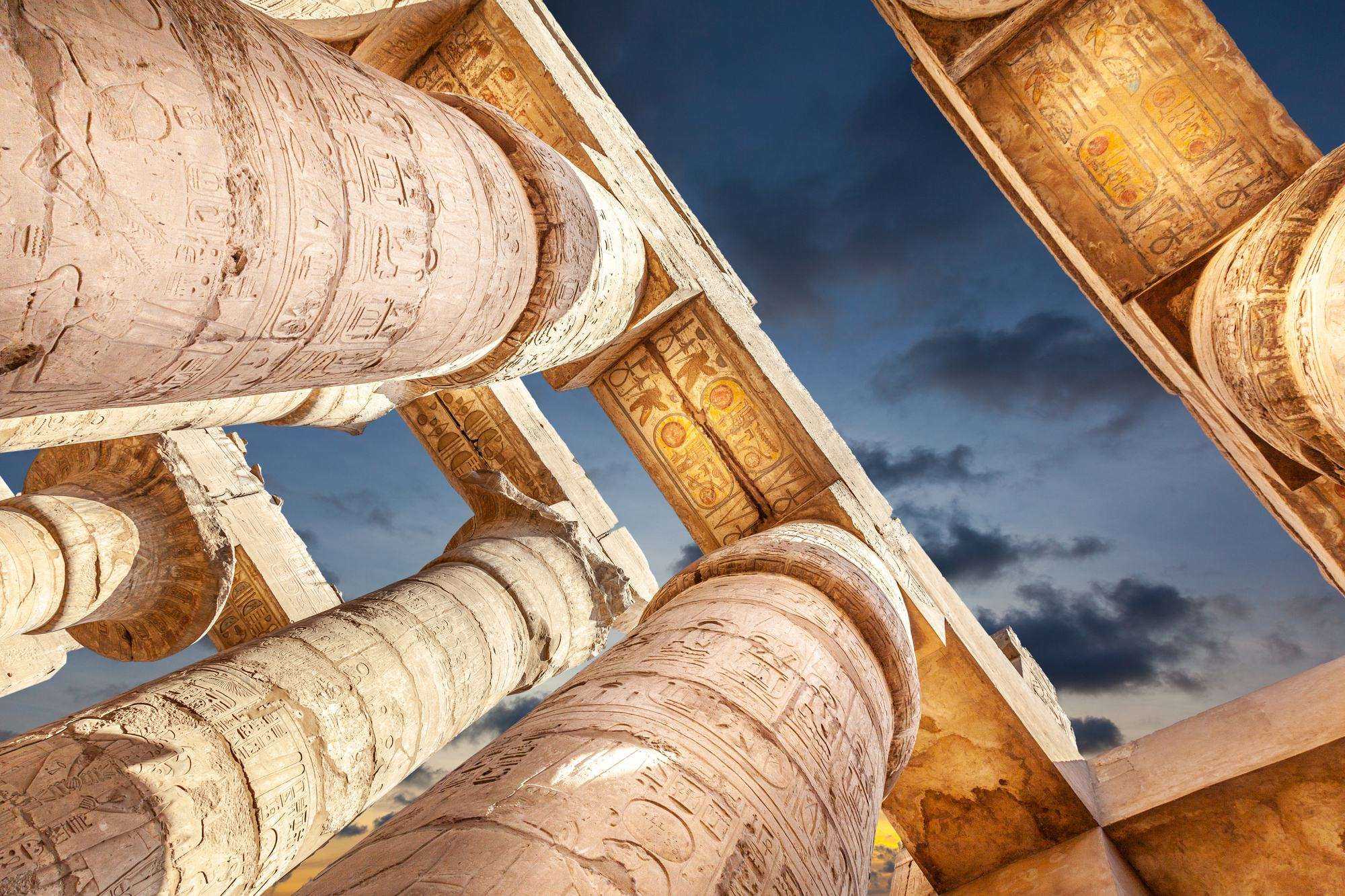BY DAVE RANKIN
With the passing of Amenhotep, the 1st, the obvious question was who was going to rule in his place. Having produced no surviving male heir to the throne, this was a serious matter. To combat this, the ancient Kemetians looked to their tradition for guidance. This is still very customary among African people. The tradition we’re alluding to is the very ancient practice of the Pharaoh coming to the throne through the woman of royal blood. This practice was synonymous with the mythology of Auset (Isis in Greek) and Ausar (Osiris).
In this case, the King’s Sister, (one of many titles she held), Ahmose was the living representation of the goddess and her husband to be would be in line with the god himself. With collaboration from the high priests, the royal family looked to Ahmose to select a worthy mate and she did. His name was Djehutymes the 1st, better known to the world as Tuthmose the 1st.
Born of common blood, Djehutymes the 1st whose name meant ‘Djehuty is born,’ rose through the ranks of the royal army due to his lengthy service and military wit. At the time of the wedding to Princess Ahmose, he held the title of Commander and later bore the throne name of Aakheperkara, pronounced Aah-Kep-er-ka-ra. Loosely, the name meant ‘Great is the manifestation of the ka (spirit) of Ra.’
Djehutymes the 1st was a well-respected man among his troops and his enthronement elevated his status exponentially. His union with the Royal Wife produced three children, a son and two daughters. Djehutymes the 1st also had a son prior to his coronation and another son with a minor wife. This son later became Thutmose the 2nd. The most famous of his children was the famed Hatshepsut. We will address this great Queen at a later date.
Although his reign was relatively short, Djehutymes the 1st managed to achieve major victories on the battlefield. His military ambition was to conquer lands as far as Asia, making his reign of Kemet just as powerful as some of his predecessors. There is a story told by an admiral of the Great Army where a successful campaign into Nubia extended the borders of Kemet beyond the Third Cataract. Just to elucidate, basically a cataract is made up of many small boulders and stones that change the flow of the river Nile. There are six of them and the third cataract was located well into present day Sudan.
There is another tale of Djehutymes 1st’s army reaching as far as the banks of the Euphrates defeating the people of Mitanni, Kemet’s sworn enemies at the time. He was the first pharaoh of the New Kingdom to control this area and this proved to be monumental as this opened up new trade routes and furthered the nation’s foreign policy.
At home, Djehutymes the 1st was engaged in numerous building projects. With the assistance of the great architect Ineni, Djehutymes the 1st commissioned an extension of the Temple of Amun at Karnak. The construction included the adding of pylons, statues, and a very large obelisk. He also extended the Treasury and made a sizeable contribution to the Temple of Ausar.
In this spirit of architecture, it was written that Djehutymes the 1st was the first pharaoh to cut his tomb in the Valley of the Kings and was buried there. Although details of how he passed are not well known, his approximate decade long rulership was one with great triumphs through military excursion. But one thing we know for sure was that the foundation had been set for his successors to come.

